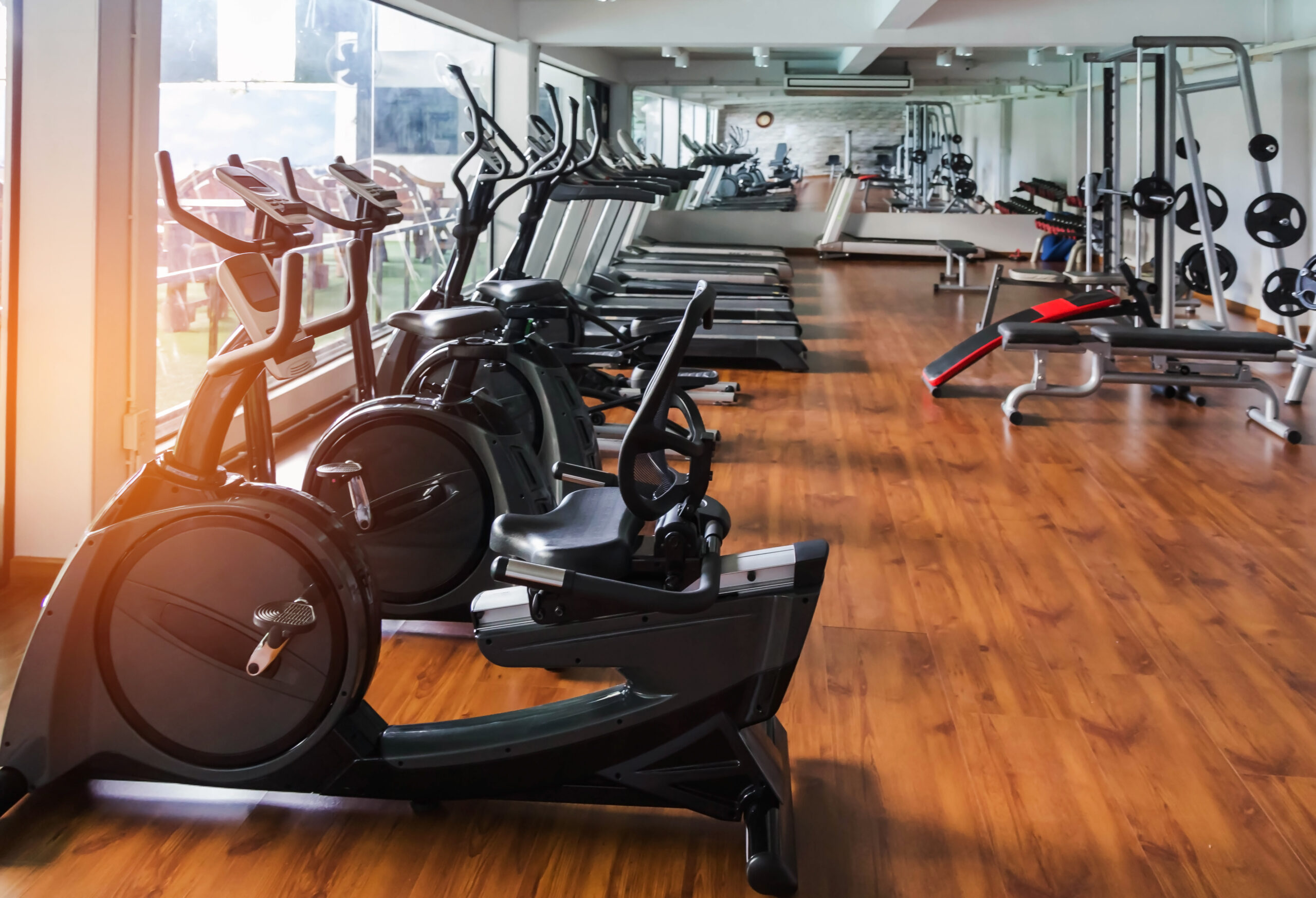With the start of the COVID-19 Pandemic came the closure of many non-essential facilities which included exercise gyms and fitness facilities. People could no longer have access to the equipment and space that they needed to workout. As expected with these closures, came a decline in step counts (amount of steps a person might take in one day) according to the University of California, San Francisco. Researchers collected this data using anonymous numbers from smartphone wellness and exercise apps. They took care to study over 1.25 million users from around 200 different countries proving this trend to be global, not just in the United States. This information is not surprising following the CDC’s warnings to remain at home and to limit exposure to sicknesses in public places.
However, what these studies are now finding and what is surprising is that even two years after the start of the pandemic, the step count numbers have remained low. They have not yet grown to what the average step count was before the COVID-19 pandemic.
Image of collected plastics in Sliema, Malta
Image Credit: Michal Fludra
It was found that step counts in North America and Europe seem to have recovered the most since the start of the pandemic. Yet, they still remain significantly lower than the beginning of 2019, before facility closures. The reason why some regions are able to recover their exercise rates or step counts more than others may have to do with their numbers of infections in that particular area. The UCSF study found that the timing of recovery of exercise was correlated with lower COVID-19 infection surges and also possible social distancing policies. The exercise trends also may reflect the acceptance of COVID-19 vaccines once available, which also varies greatly by region and country.
It is still important to note that day to day life has not yet and may never go back to the complete normalcy that it was before the COVID-19 pandemic. The coronavirus has not completely been eradicated, and the fear of contracting diseases and immunocompromisation is still present. Others have simply gotten used to their adjusted lifestyle with the pandemic and may find it difficult to fit exercise back into their routines.
There are many different factors that go into exercise rates and lifestyle, especially as social norms and restrictions change within the health of the local community. Struggles with finances and free time make it difficult for many to seek out leisurely activities such as exercise. While this global trend fluctuates ever so slightly, it still points towards recovery.
Featured Image Source: Soonthorn










